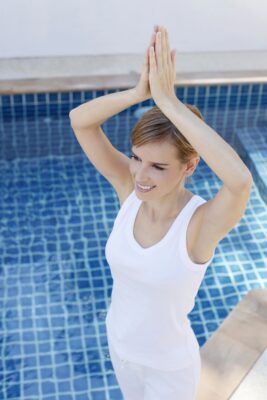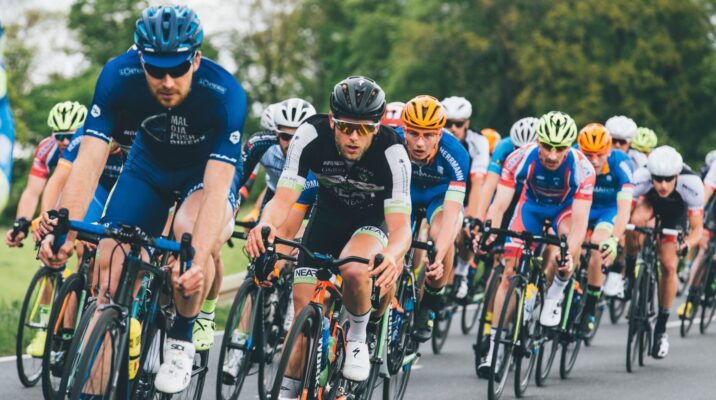
Charging the palms with energy in Reiki and Pranic Healing
In Reiki and Pranic Healing, charging the palms with energy is an essential technique to enhance the flow of healing energy to oneself or others.

In Reiki and Pranic Healing, charging the palms with energy is an essential technique to enhance the flow of healing energy to oneself or others.
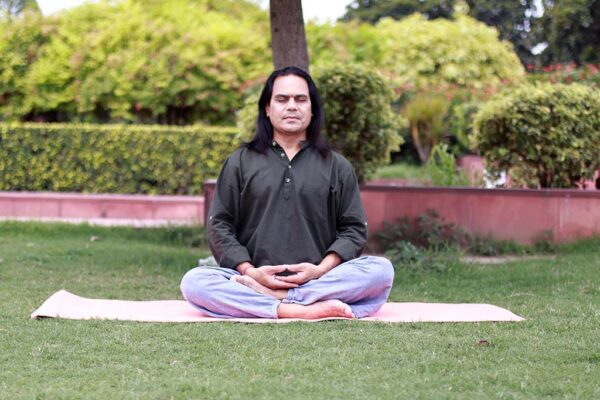
The path of a yogi is not one of mere physical discipline but a profound journey of self-discovery, spiritual awakening, and the transmission of ancient

Spiritual seekers can often become confused on their path. Sadhguru looks at why this happens and how to use this confusion productively. The people who
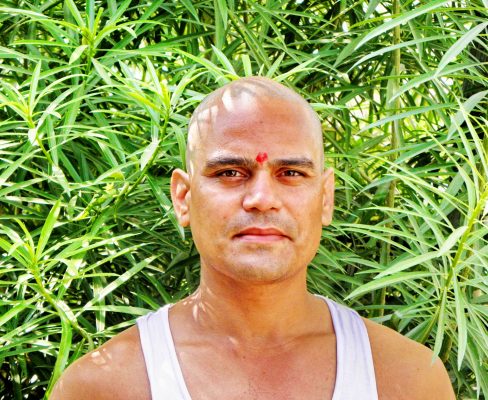
Guru Purnima is a significant observance in various spiritual traditions, particularly in Hinduism, Buddhism, and Jainism. It is celebrated on the full moon day (Purnima)
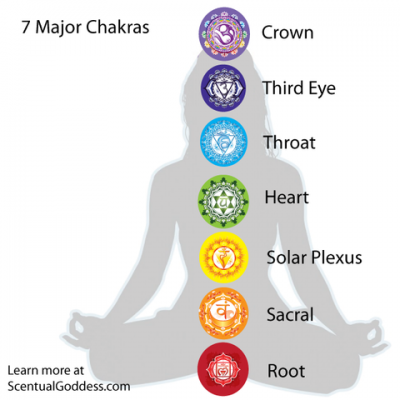
Chakra Healing Chakra Healing offers many physical, emotional and spiritual benefits. Those who practice it often experience a greater sense of purpose and meaning in

Keeping your hair not greasy can be a challenge. There are a lot of products out there that promise to keep your hair looking healthy
Subscribe Newsletters

In Reiki and Pranic Healing, charging the palms with energy is an essential technique to enhance the flow of healing

The path of a yogi is not one of mere physical discipline but a profound journey of self-discovery, spiritual awakening,
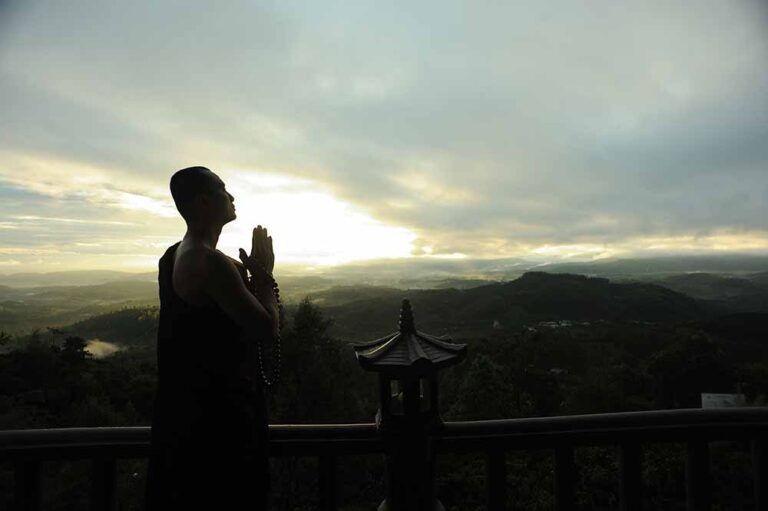
Spiritual seekers can often become confused on their path. Sadhguru looks at why this happens and how to use this
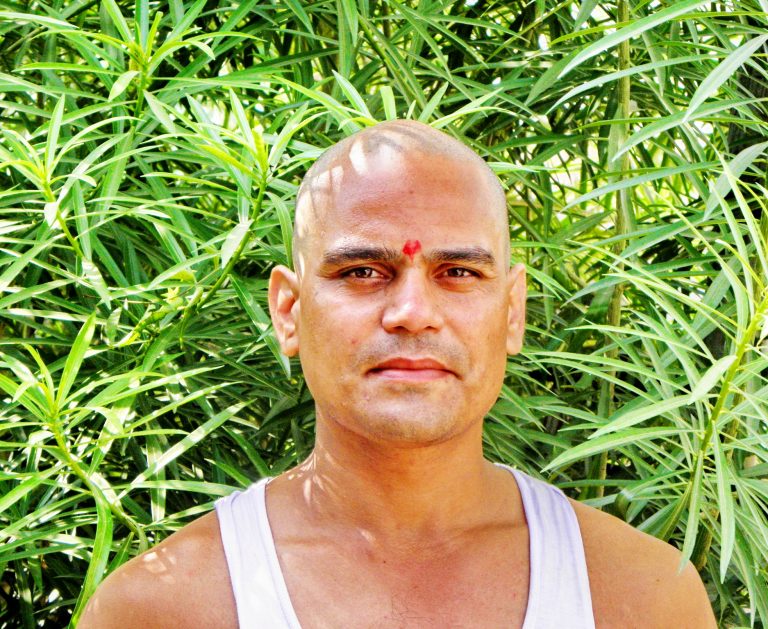
Guru Purnima is a significant observance in various spiritual traditions, particularly in Hinduism, Buddhism, and Jainism. It is celebrated on
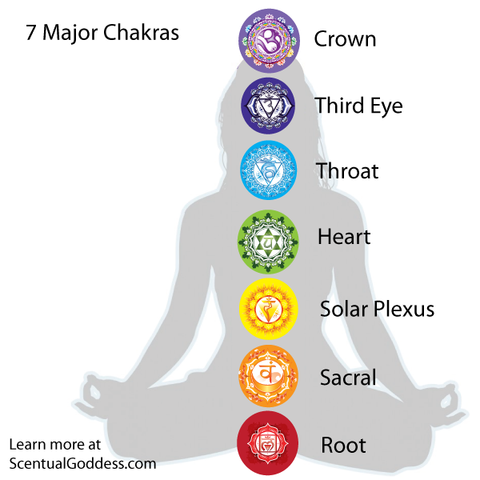
Chakra Healing Chakra Healing offers many physical, emotional and spiritual benefits. Those who practice it often experience a greater sense

Keeping your hair not greasy can be a challenge. There are a lot of products out there that promise to
Lorem ipsum dolor sit amet con sectetur adipiscing
Sri Yogi Anand is an ordained Yogi, Yoga Meditation Master, Writer, eloquent Speaker and Founder of Adwait Yoga School.








